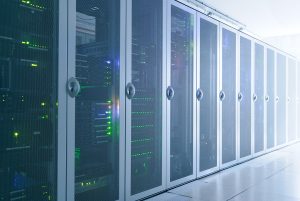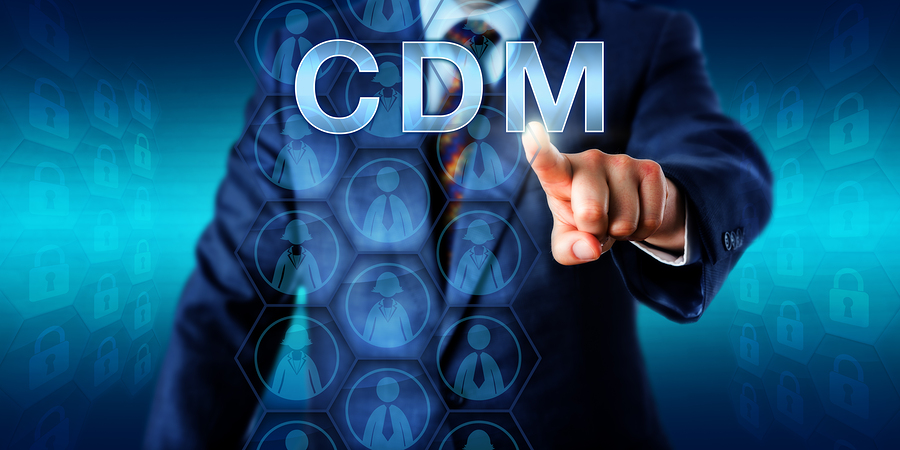 We've been watching the use of blockchain growing in the government space as agencies look for ways to more efficiently and securely share their data. A Congressional Resolution was introduced to tout the promise of blockchain saying that, "blockchain has incredible potential that must be nurtured through support for research and development and a thoughtful and innovation-friendly regulatory approach." Following this encouragement from congress, it seems like each day there is a new application of the technology being tried and evaluated.
We've been watching the use of blockchain growing in the government space as agencies look for ways to more efficiently and securely share their data. A Congressional Resolution was introduced to tout the promise of blockchain saying that, "blockchain has incredible potential that must be nurtured through support for research and development and a thoughtful and innovation-friendly regulatory approach." Following this encouragement from congress, it seems like each day there is a new application of the technology being tried and evaluated.
We've gathered a couple applications that we found interesting to help illustrate what blockchain is and what it can do.
- Supply Chain - The Navy is looking to use blockchain to track aviation parts throughout their lifecycles, helping them better manage their supply chain. Similarly, the FDA is looking at how blockchain can better track the chain of custody of prescription drugs. In a related application, blockchain is also being considered as a solution for better tracking digital evidence in criminal cases.
- Managing Public Records - State and local organizations are using blockchain to digitally distribute records, including marriage certificates, property titles, and business registrations.
- Voting - Blockchain is being tested as a way to make it easier for service members and overseas citizens to vote. Last fall, 144 West Virginia voters living abroad were able to vote through their mobile phones via an app. Identities were confirmed by scanning a valid U.S. ID along with a selfie. Once the identity was confirmed, voters made their selections based on the ballot they would have used at their local precinct. Voters were then given a unique ID or hash that, once the vote was cast, allowed them to write on to the blockchain. Each submission was encrypted to the blockchain ledger, which gave election clerks the ability to conduct post-election audits.
- Public Health - Blockchain can also speed the delivery of information as it relates to public health crises. The Food and Drug Administration is looking at how to use blockchain to share health care data securely and effectively in real time when epidemics like the swine flu threaten the health of the nation.




 The Internet of Things (IoT) is made up of webcams, sensors, thermostats, microphones, speakers, cars, and even stuffed animals. All of these connected devices can help individuals and organizations stay connected across geographic distances, keeping tabs on and managing assets from miles away. The data they collect can be combined with other data sets to create actionable advice for better management and service.
The Internet of Things (IoT) is made up of webcams, sensors, thermostats, microphones, speakers, cars, and even stuffed animals. All of these connected devices can help individuals and organizations stay connected across geographic distances, keeping tabs on and managing assets from miles away. The data they collect can be combined with other data sets to create actionable advice for better management and service.

